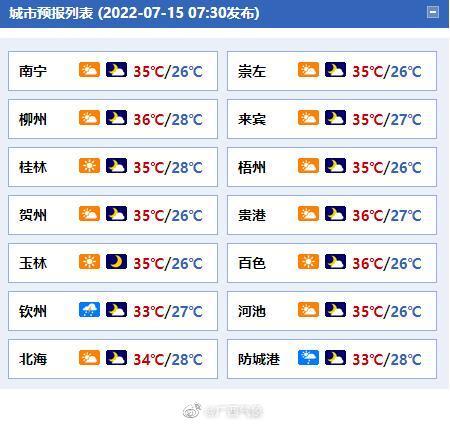Study on food allergies of Chinese people is the most common allergen at the conclusion of Chinese food allergies.
Author:China Food Industry Magazine Time:2022.09.09
Source: China Food News
A few days ago, the English Weekly of the China Centers for Disease Control and Prevention released a series of research papers on food allergies on different people in my country. For the first time, more detailed research and analysis of the food allergies of different people in China, and establishing allergies that meet the actual situation of different people in my country in the future in the future The food list provides a solid guarantee.
One of the papers introduced an allergic survey conducted in Jiangxi Province in my country in 2020. A total of 21273 food allergic screening questionnaires were distributed, involving 11,935 adults and 8856 children. The results showed that 5.8%of the respondents reported adverse reactions to food, 4.3%reported food allergies, and only 2.2%of food allergies diagnosed by doctors. Common allergen foods from high to low are shrimp, mango, shells, eggs, eggs, fish, beef, milk, and lamb. They are mainly animal -source foods, which are different from European and soybeans. The reaction is mainly rash, accounting for 63.7%; 20.6%reports the symptoms of oral allergies.
Another paper analyzes the 24 research results of Chinese food allergies in the several major English databases and Chinese databases from 2000 to 2021. Related research results show that the popularity of food allergies for self -reporting of different groups of people in China is 12%, while hospital diagnosis is only 5%; food allergies for men and women are 9%and 10%, respectively. Based on time, from 2009 to 2018, the popularity of food allergies was 8%, which was higher than 1999-2008 (5%), which shows that the popularity of Chinese food allergies is rising.
It can be seen from the summary of the analysis and summary of the allergies of different ages in different regions in China. East China is higher than South China and Southwest. Based on age, the highest food allergies of children aged 4-17 are 10%, followed by adults (7%) and babies (6%); divided by food types, 27%allergies are allergic to crabs and eggs, 22%is allergic to milk, 19%allergic to shellfish, 16%allergic to shrimp, 16%of patients are allergic to fruits (15%of mango), and 15%allergic to fish. Babies 0-3 years old are more likely to allergies to milk than other foods. Fruit allergies are more common among children over 4 years old.
Zhong Kai, the director of the Kexin Food and Health Information Exchange Center, said that in recent years, the rise in food allergies has risen, mainly with my country's medical diagnosis level, and more and more allergic reactions are included in the ranks that need to be treated. The masses' attention to health is related. He Jiguo, an associate professor of the School of Food Science and Nutrition Engineering, China Agricultural University, said: "As the living standards increase, everyone's daily consumption of food has a lot of rich foods, which also leads to an increase in allergies."
Food allergies are a serious public health problem in the world. The incidence has continued to rise. At present, there is no cure method. The only strategy for prevention is to strictly avoid intake. Therefore, marking allergic foods and food components on pre -packaged foods will play an increasingly critical role in protecting individual allergies. The research of food allergies in my country is relatively lagging, and the threshold dose of specific allergic foods in allergies has not yet been determined. The specific dietary survey data based on food allergies is also lacking. Zhong Kai said that in the future, it is necessary to do a good job of survey and research on epidemiological diseases, and to make a sign of common allergens and their doses in the food industry, which will help consumers to avoid allergic food and avoid risk of diseases. At the same time, it also provides a feasible solution for the threshold data of various food allergens in the future, and determines consumers to determine "how much allergies to eat" and clearly. "Provide the basis.
Experts suggest that in daily life, you can avoid food allergies through the following measures: pay attention to food intake at the infant stage. On the one hand, we should pay attention to the history of parental allergies. Parents' allergies should be appropriately controlled and observed when they first contact the baby, but they cannot be absolutely prohibited. On the other hand, try to breastfeed as much as possible in the early days. When adding supplementary food, do not add a variety of foods at one time. It is necessary to add one kind of adding to clarify which food causes allergies. I suspect that there are symptoms of allergies, go to the hospital for allergen test in time, do not taboo diseases and doctors. People with clear allergies need to be taboo on the one hand to avoid contact with allergens. On the other hand, they also need to prepare anti -allergic drugs to prevent them from taking medicine in time to curb them in time.
(Source: Life Times)
- END -
In the next three days, the highest temperature in most areas in Guangxi is 35-37 ℃

Today (15th) the sun in our area is online in the morning. It is expected that the...
How to apply for unemployment insurance for Wuhan?The operation guide is here

The Yangtze River Daily Da Wuhan Client August 13th. On the 12th, the Wuhan Human ...